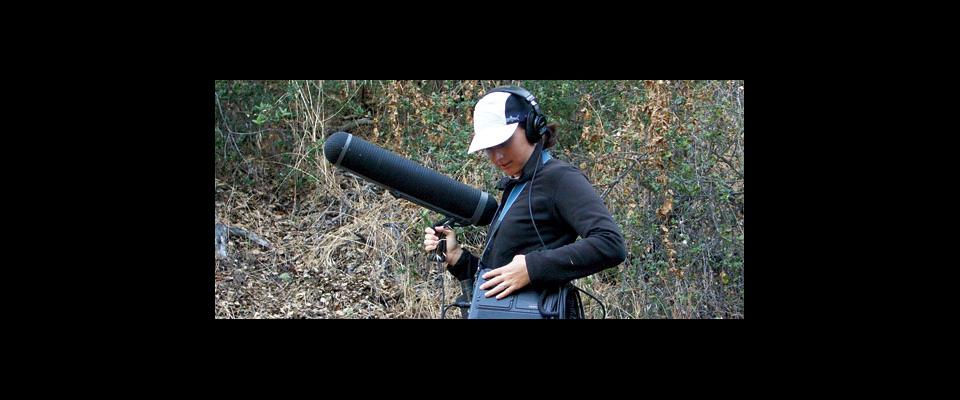The ear has a range that no other sense can match, whether biological or electrically engineered. The ear can hear sounds as soft as a whisper and as loud as an explosion, a sensory range spanning six orders of magnitude. While this ability continues to baffle scientists, Manfred Auer of the Lawrence Berkeley National Laboratory has for the first time developed a three-dimensional model of the molecules that allow us to hear.
These strands of protein, or tip-links, translate sound into electrical impulses that the brain can interpret. Only 4 by 160 nanometers (a billionth of a meter), they hold together stereocilia, the bundled, microscopic hairs sprouting from the hair cells lining the fluid-filled inner ear. When a sound wave strikes the eardrum, it vibrates the ear’s bones and ripples through the fluid, making the hairs sway like seaweed. The protein strands stretch open a channel that allows positively charged ions to flow into the hair cells. There the ions trigger an electrical impulse that travels along sensory neurons to the brain for interpretation.
Auer was the first to use an advanced electron microscopy imaging technique called tomography on these molecules to construct an accurate, three-dimensional model from a series of snapshots. Auer plans to continue imaging the delicate system in order to understand how it can adapt to loud noises, while still being sensitive enough to detect a whisper, yet not so sensitive that molecules bouncing off the eardrum are heard.




















